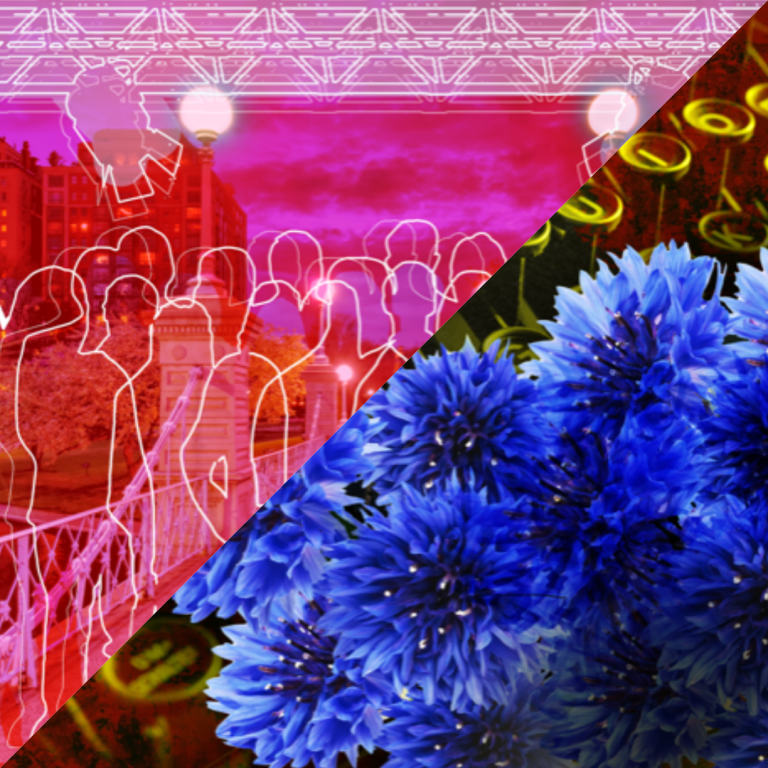A Beautiful Dystopia | A Dramaturgy Note
By McKennen Campbell, Dramaturg (Marisol)
Hi! My name is McKennen Campbell and I am beyond thrilled to be the dramaturg on Emerson Stage’s production of Marisol!
With a play that explores an extensive range of topical issues ranging from economic disparities to community, homelessness, fear, death, and sexism, writing a single note is not enough to give sociopolitical context to this phenomenal play. I think that is what gives Marisol its power. It is not limited to one issue nor one way it could be explored. It is one of those stories you have to watch for yourself to put the pieces together. The language invites a lot of value to be placed in both performance and design, the choices around which I have enjoyed witnessing in this production. Written by José Rivera in the early 1990s and premiering at the Humana Festival of New American Plays in Louisville, Kentucky in 1992, this is a play that deeply resonates in our current world of 2021. This is evident through the play’s language, character development, and magical realism.
Here are some examples of language from the play that highlight the correlations between this play’s environment and our world today:
“my ability to read about the misery of the world and not lose a moment out of my busy day” (42)
“Why did the Plague kill half my friends?” (10)
“They’re expecting that massive fire from Ohio to reach […]” (16)
“No shoving daisies into the rifles of militiamen” (52)
The home of the character Marisol Perez is in the Bronx, New York City. Marisol navigates through working in Manhattan, travelling by train, and walking alone; she fears for the future of her environment, her spirituality, culture, and the interpersonal relationships she has with the people around her. Her experience is indicative of what it is like to be a young Latinx woman in a modern city. In tandem with the daily threats Marisol faces in the Bronx, the Coronavirus pandemic has disproportionately affected Black and Latinx members in her community. The Bronx has the highest rate of deaths and hospitalizations from Coronavirus out of the five boroughs in New York City. The pandemic has also affected employment and job opportunities for people in the Bronx. Early in the play, Marisol takes the train home and gets off at 180th street, which is located in the Van Nest and West Farms neighborhoods of the Bronx: both neighborhoods are predominantly Hispanic and Latinx, and more than 25% of people are unemployed or lost jobs within the past year. The apex of the unemployment rate was 38% in June of 2020, and 63.8% of residents are Hispanic and Latinx. With the constant sharing of statistics on the coronavirus pandemic through news and media, we sometimes forget to recognize that behind the numbers are real people with individual stories.
This play questions the times humanity needs to be prioritized over analysis. Rivera intentionally calls in the consequences of focusing on data and analysis through graphic visuals and exploitation in the news, social media, and entertainment. One factor influencing how mainstream media often fails to prioritize people over data in such times of crisis is the ubiquity of images of violence against Black, Indigenous, and people of color. After a particularly unsettling train ride home, Marisol faces the consequences of what we among the artistic team have addressed as “trauma porn”. In this digital age, our production asks you to think twice about the apathetic and exploitative dimensions of sharing such graphic material. Whenever a character who is brutalized mentions being exploited through forms of media, take some time to reflect on your tolerance for it, and whether you would do the same in your life. Plain and simple: don’t do it.
Emerson Stage’s production of Marisol will take place February 18 through 21. More information is available at emersonstage.org/marisol.

